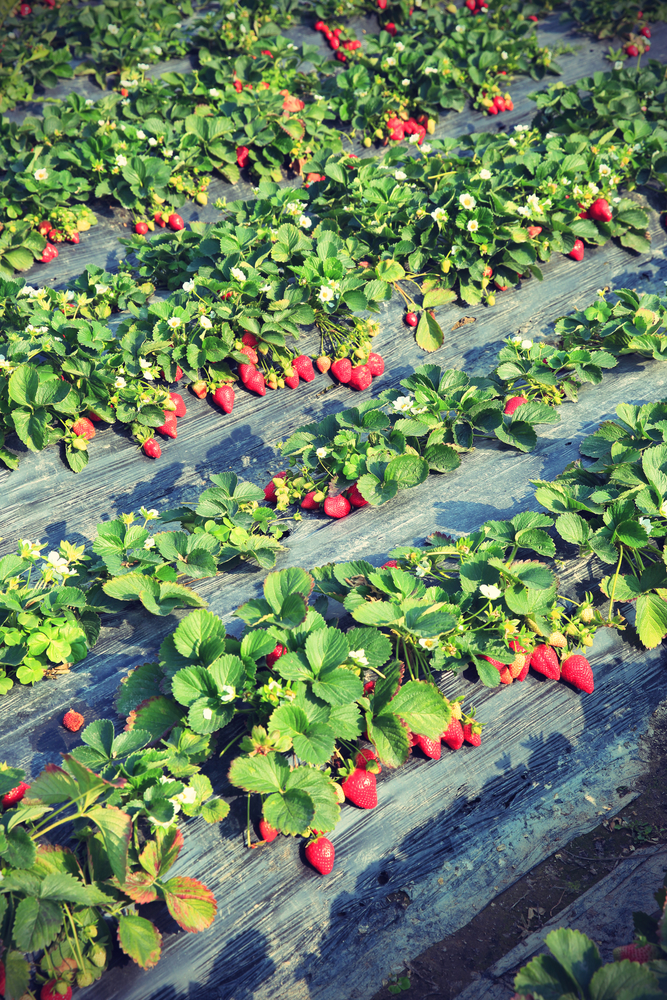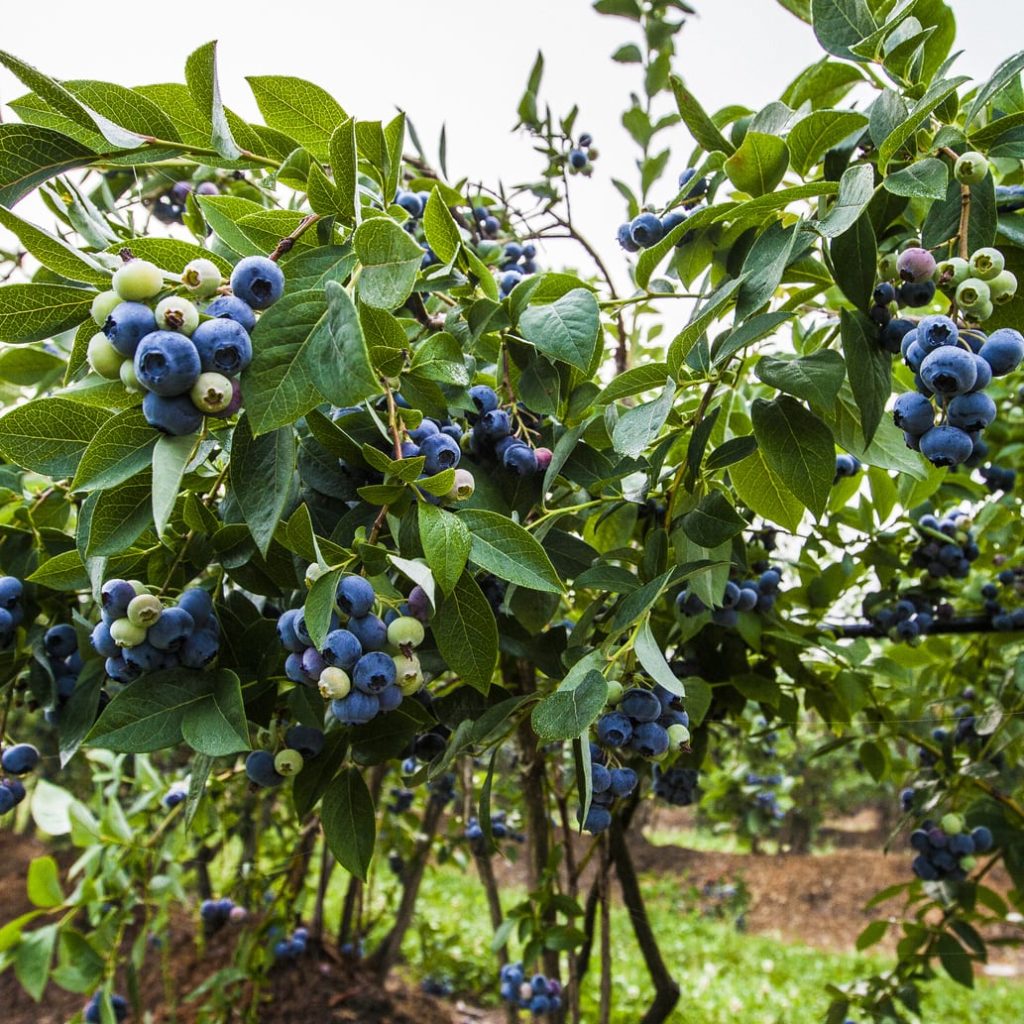Clemson Extension agents provide crop updates in The South Carolina Grower this week about the status of various crops being produced throughout the state.

Weekly Field Update
Coastal Region

Rob Last reports, “Starting with strawberries, spider mites are increasing in the area with eggs and adults warranting treatment. Strawberry crops are very susceptible to mite damage at the moment. Remember to sanitize plants to remove dead flowers and fruit to mitigate against disease. We have lost some brassica crops due to the freeze. If the growing point is intact the crops may recover with reduced yields possible. There will be a peach crop. Early varieties have been hit quite hard in the area with later varieties looking promising. Blueberries will make a crop, but again, there are varying levels of damage.”

Midlands

Justin Ballew reports, “We have a better idea now of how the cold last weekend affected things. On strawberries, we did end up seeing some damage to open blooms that were in contact with the row covers. In areas where the temperature got down to around 24 degrees Fahrenheit, an estimated 20-30% of the blooms that were open at the time have been killed. In areas where it reached 22 degrees or less, we’ve seen much higher (as much as 70% in one field). It appears that most developing fruit was not damaged and will still be harvestable. At this point, it is really important to tissue sample regularly and make sure the plants have everything they need. Hopefully, the weather won’t get hot too fast this spring, so we can have a nice long harvest. In brassicas, injury to the older leaves became more apparent as damaged tissue dried out. It still doesn’t look like any growing points were killed, but losing the older leaves will slow the plants down and set back harvest a few weeks. Some overwintered fields probably will not recover enough to harvest before the plants bolt.”

Phillip Carnley reports, “Thanks to the cold last weekend strawberries are experiencing an uptick in spider mite populations from remaining covered. Make sure to scout accordingly and choose your treatment carefully. I have also noticed an increase in phytophthora. Strawberries in Orangeburg and Calhoun are looking great, and picking has started. The peaches were hit hard with most of the early varieties taking the brunt of the damage. On later varieties, the damage has yet to be seen. If growers were able to ice down blueberries, the crop was salvaged, but anything left unprotected was lost.”
Sarah Scott reports, “After what seemed like a devastating freeze event, it seems we have come out better than expected. From early assessments in the peach orchards, it looks like we have lost a good many May peaches and some of the early June peaches. Most mid-to-late varieties are looking good as of now. It takes some time for cold damage to show up, and even though the blooms survived, it doesn’t mean that we are in the clear. We will continue to monitor trees as fruitlets develop to check for quality. Many times a bloom will survive and continue to produce fruit, but the quality is poor. Overall, there is definitely damage and loss, but we still could have a good peach crop this year. Hopefully, we won’t have any other freeze events! Strawberries were another crop that we have been monitoring closely after the cold. Some damage occurred, however, growers were able to cover and/or ice their plants to save most of the crop. It seems we are on track to begin regular harvest in April. The extended wet periods have led to some botrytis showing up, so we are monitoring that as well.”
Pee Dee

Bruce McLean reports, “Cold damage has been the primary topic over the last week. Blueberries (both highbush and rabbiteyes) took a significant hit from the cold event that occurred a little over a week ago. It looks like most everything that was very late pink stage through open flower and fruiting got nailed. Everything from early pink stage to less mature flower buds managed to escape injury. Some early cultivars like Star, O’Neal, Jewel (Southern highbush) sustained 70% damage. Even Climax (rabbiteye) sustained 50% damage. Significant damage occurred on blueberry farms regardless of whether they frost protected or not. Hopefully, all of that damaged fruit/flowers will shed off of the plants. Damaged fruit that remains on the plant is subject to botrytis and can be a point of infection for a more serious pathogen, botryosphaeria. Also, damaged fruit that remains on the plant and sizes up can be “corky” on the interior of the fruit, causing fruit quality issues. Strawberries, on the other hand, did fare somewhat better. Foliage, flowers and fruit that were touching the floating row covers during the freezing temps, did sustain damage. Fruit and flowers that had some space between it and the cover pulled through very well. Small plants were more subject to injury. Early harvest yields will be impacted. Be sure to go through your fields and remove damaged flowers and fruit, to reduce the likelihood of botrytis development. Be sure to scout frequently from here on out. And if botrytis does try to develop, use a fungicide targeted for botrytis.”











